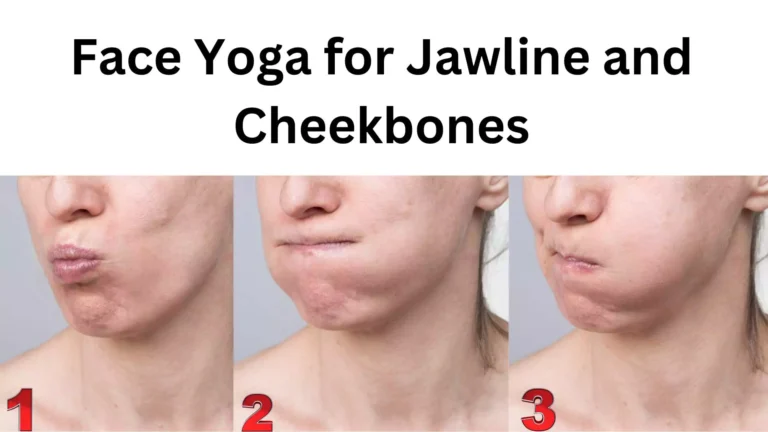Exploring the Intricacies of Face and Chin Anatomy
The face and chin are essential components of human anatomy, contributing not only to our physical appearance but also to our ability to communicate, express emotions, and engage with the world around us. In this article, we’ll delve into the fascinating of the face and chin anatomy, exploring their structures, functions, and significance in human physiology.
Understanding Face and Chin Anatomy
Bony Framework: The facial skeleton, also known as the viscerocranium, forms the foundation of the face and provides structural support for facial features. Key components include the maxilla (upper jaw), mandible (lower jaw), nasal bones, zygomatic bones (cheekbones), and frontal bone (forehead).
Muscles of Facial Expression: The face is adorned with a complex network of muscles responsible for facial expressions, speech, and mastication (chewing). These muscles, including the orbicularis oculi, orbicularis oris, and zygomaticus major, work in concert to convey emotions and convey non-verbal communication cues.
Soft Tissue Structures: Soft tissue structures such as skin, subcutaneous fat, and facial ligaments contribute to facial contouring, elasticity, and support. These tissues play a crucial role in maintaining facial volume, texture, and overall appearance.
The Chin: An Iconic Facial Feature

Anatomy of the Chin: The chin, or mental protuberance, is a prominent facial feature located at the anterior aspect of the mandible. It is formed by the prominence of the mandibular symphysis, which varies in size and shape among individuals.
Function of the Chin: Beyond its aesthetic significance, the chin serves practical functions such as supporting the lower lip, facilitating speech articulation, and providing attachment points for muscles involved in chewing and swallowing.
Chin Variations: Chin morphology varies widely among individuals, ranging from prominent and protruding to recessed and retrusive. These variations can be influenced by genetic factors, developmental anomalies, and environmental factors.
Clinical Considerations
Facial Rejuvenation: Understanding the anatomy of the face and chin is essential for performing cosmetic procedures such as facelifts, chin augmentations, and liposuction. A thorough knowledge of facial anatomy helps plastic surgeons achieve natural-looking results and minimize the risk of complications.
Orthodontic Treatment: Orthodontists rely on a comprehensive understanding of facial anatomy to diagnose and treat malocclusions (misalignments of the teeth) and skeletal discrepancies. Orthodontic interventions may include braces, clear aligners, and orthognathic surgery to optimize facial aesthetics and function.
Trauma and Reconstruction: Facial trauma, such as fractures of the mandible or maxilla, requires careful assessment and management to restore facial symmetry, function, and aesthetics. Surgical techniques such as open reduction and internal fixation (ORIF) may be employed to stabilize fractures and promote healing.
Facial Harmony and Symmetry: Exploring the Interplay of Structures: Facial harmony and symmetry are hallmarks of beauty and attractiveness, reflecting the balance and proportionality of facial features. Let’s delve deeper into the intricate interplay of structures within the face and chin that contribute to facial aesthetics and function.
The Role of Skeletal Framework
Maxilla and Mandible: The upper jaw (maxilla) and lower jaw (mandible) form the primary bony framework of the face and chin. These structures provide support for the teeth, contribute to facial height and width, and influence the overall shape of the face.
Facial Proportions: The proportions of the maxilla and mandible play a crucial role in determining facial symmetry and harmony. Variations in the size and position of these structures can affect the appearance of the midface, lower face, and chin, impacting overall facial aesthetics.
Muscles and Facial Expression

Dynamic Facial Muscles: Facial expressions are generated by a complex network of muscles that act on the skin and soft tissues of the face. These muscles allow us to convey emotions, communicate non-verbal cues, and engage in social interactions.
Chin Movement: Muscles such as the mentalis and depressor labii inferioris contribute to chin movement and expression. These muscles play a role in lip movement, chin projection, and facial symmetry.
Soft Tissue Dynamics
Skin and Subcutaneous Fat: The skin and subcutaneous fat layers of the face provide soft tissue coverage and contouring, contributing to facial volume and texture. Changes in skin elasticity and fat distribution can influence facial aging and appearance.
Facial Ligaments: Facial ligaments provide structural support and integrity to facial tissues, helping to maintain facial contours and prevent sagging. Ligaments such as the mandibular and mental ligaments anchor the skin and soft tissues to the underlying bony structures.
Clinical Implications
Facial Analysis: Plastic surgeons and dermatologists conduct comprehensive facial analyses to assess facial proportions, symmetry, and harmony. This involves evaluating the relationship between facial structures, identifying areas of imbalance or asymmetry, and developing customized treatment plans.
Cosmetic Procedures: Cosmetic procedures such as chin augmentation, rhinoplasty, and facial liposuction are tailored to address specific concerns and enhance facial aesthetics. By targeting areas of imbalance and asymmetry, these procedures can restore facial harmony and symmetry, improving overall facial appearance.
Conclusion: The Artistry of Facial Aesthetics
Facial aesthetics is a blend of science and artistry, encompassing the intricate interplay of skeletal, muscular, and soft tissue structures within the face and chin. By understanding the underlying anatomy and dynamics of facial structures, healthcare providers can optimize treatment outcomes and help patients achieve their aesthetic goals.
From the graceful curvature of the jawline to the subtle contours of the chin, every aspect of facial anatomy contributes to the beauty and symmetry of the face. By appreciating the complexity and diversity of facial structures, we can celebrate the uniqueness of each individual and enhance their natural beauty with precision and expertise.








One Comment